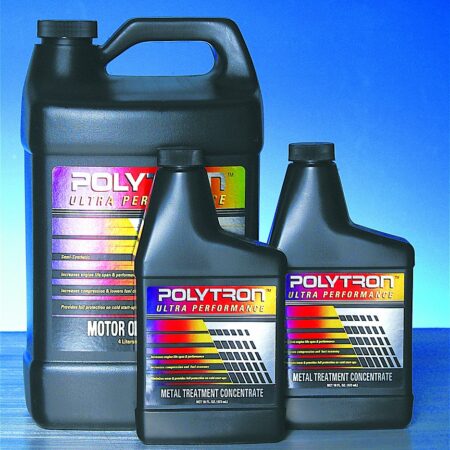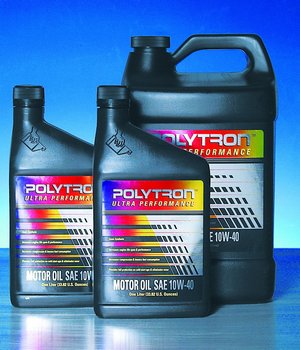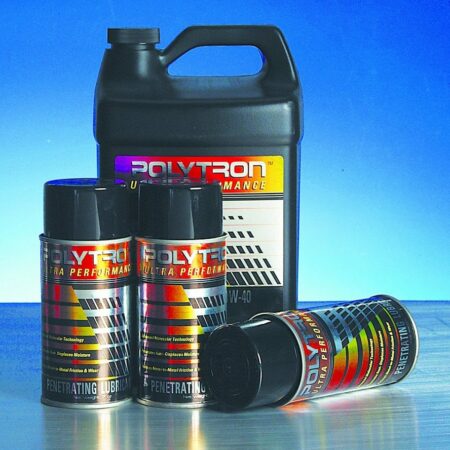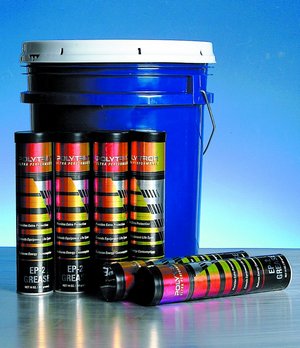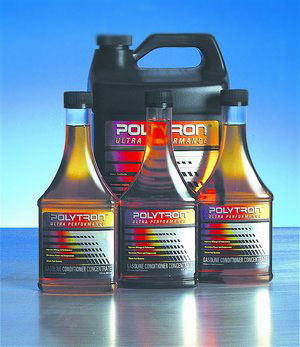Wankel Rotary Engine Invention
We thought of a good topic for you: Mathematics! Actually, I don’t want to scare you right off the bat, so I want to explain what this is about. One of the most interesting alternative to conventional internal combustion engine design is the Wankel Rotary Engines, or Rotary engines in short. Felix Wankel, a German Engineer, invented the first Wankel engine in 1957, after 7 years of development. They are 4-stroke engines without piston and crankshaft, but rather, it uses mathematically defined rotor and housing, and eccentric shaft that replaces crankshaft. Please view the video below to see how they work:
Rotary Engine Mathematics
I know this is amazing. But how does the rotor keep a tight contact between the sides against the wall of the housing? Is that a triangle in a oval housing? Well, answer comes from math. Yes, it’s all MATH!
There is a well known math function called epitrochoid. This defines the basic shape of the rotor housing.
That being said, the general resulting function can be seen as this (from Wikipedia):
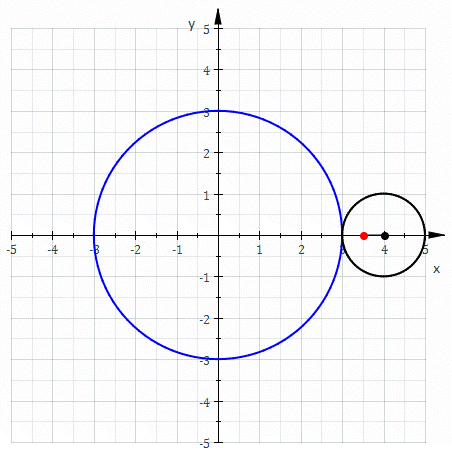
So, does that remind you of anything? YES, the Wankel engine!
Mazda RX Series – Rotary Engine to the Next Level
Wankel engine design has been incorporated into many different industries, but Mazda, a Japanese auto manufacturer, has taken Rotary Engine to a whole new level. If you have heard of Mazda RX-7, a very high performance car with twin-rotor rotary twin-turbo engine, well now you know how to design that engine. Mazda RX-8 took the same design and improved to produce 240HP from 1.3L displacement engine. One thing to note here is that unlike regular reciprocating piston engines that completes a whole cycle in 720 degrees, Rotary engines does this in 1080 degrees, which can be counted against them. 1.3L is also not fully “true” or comparable to reciprocating engine. More details on Wikipedia and other auto-related sources. Due to motion of eccentric shaft, it is OK to compare 1.3L Rotary engine with 2.6L piston engine. Though, Rotary engines do have higher volumetric efficiency and minimal pumping losses.
 from wikipedia
from wikipedia
Mazda 787B
Now, this is the ultimate Wankel Rotary Engine car: Mazda 787B Le Mans Race Car. I personally saw this car during Mazda Owner’s Car Show in Irvine area, Orange Country, Calif. This is one gorgeous car!! Comes packed with Quad-Rotor (four Rotary engines) and capable of 930HP (690kW) at ~9000rpm.
Even with Rotary Engines, Polytron Oil Additive will perform well and will prolong the life of your engine. Use Polytron MTC in the lubrication system, and use Polytron Fuel Conditioner (GDFC) in the fuel to get best performance out of your Rotary Engine.
For more information regarding Wankel Rotary Engines, see:
http://en.wikipedia.org/wiki/Wankel_engine


